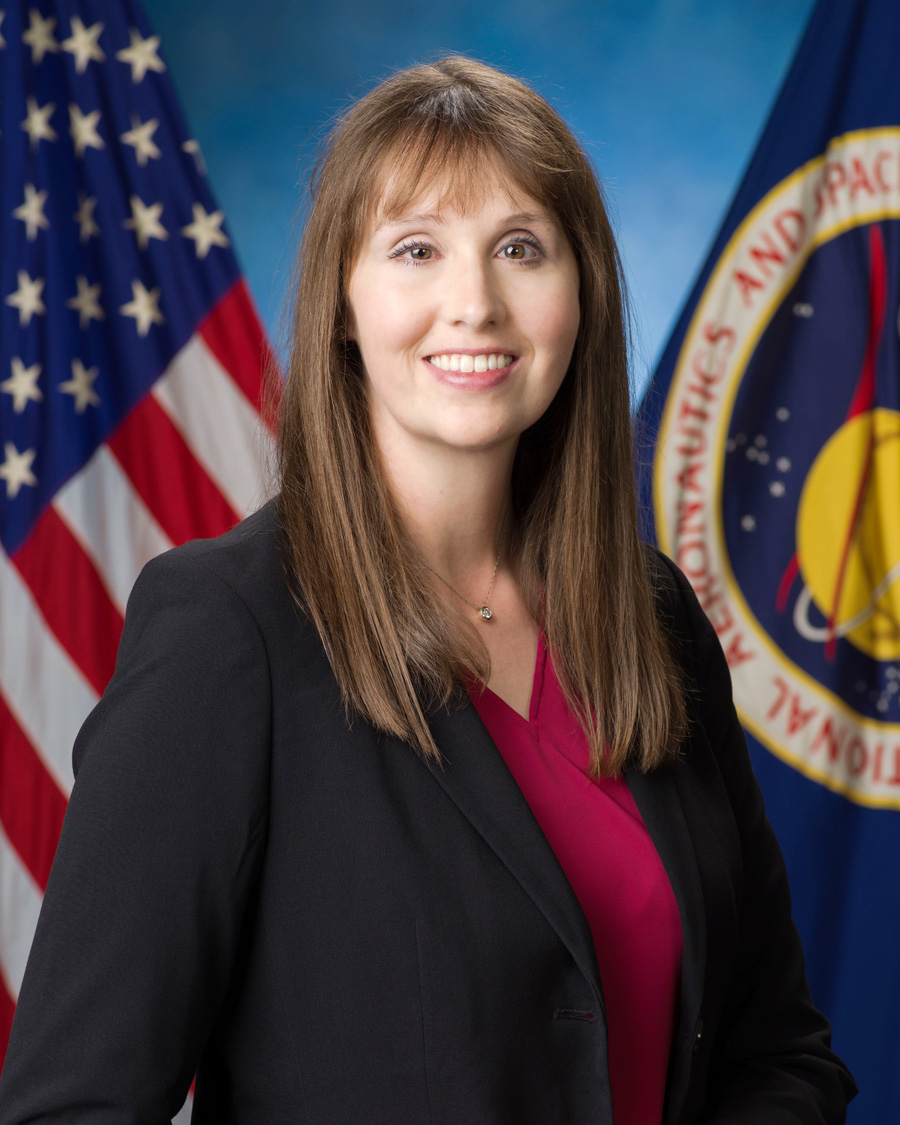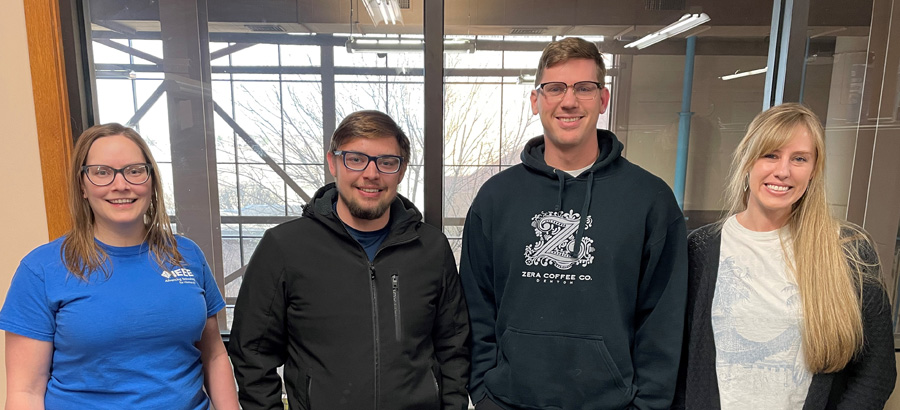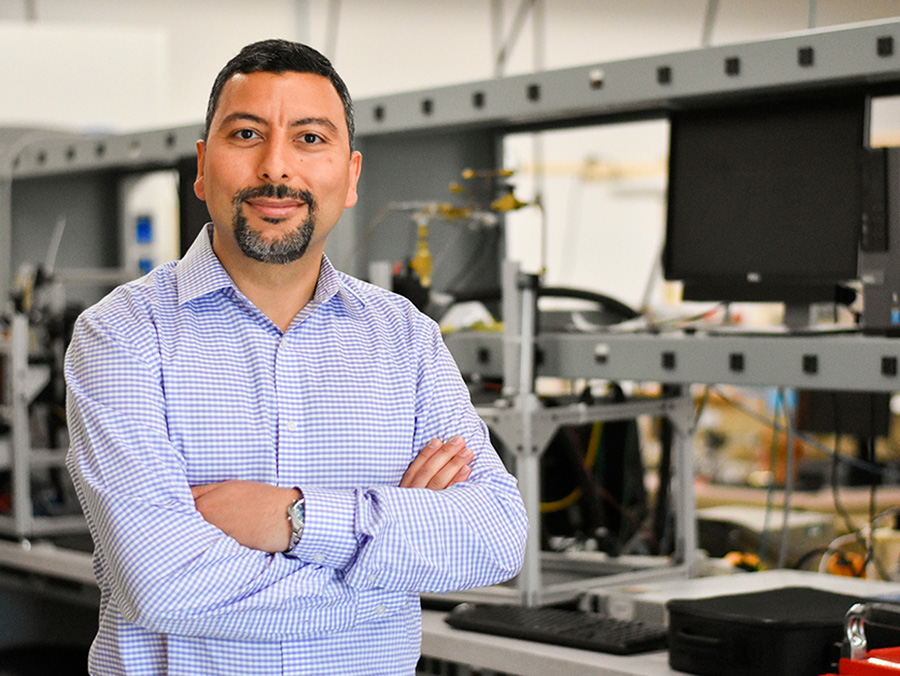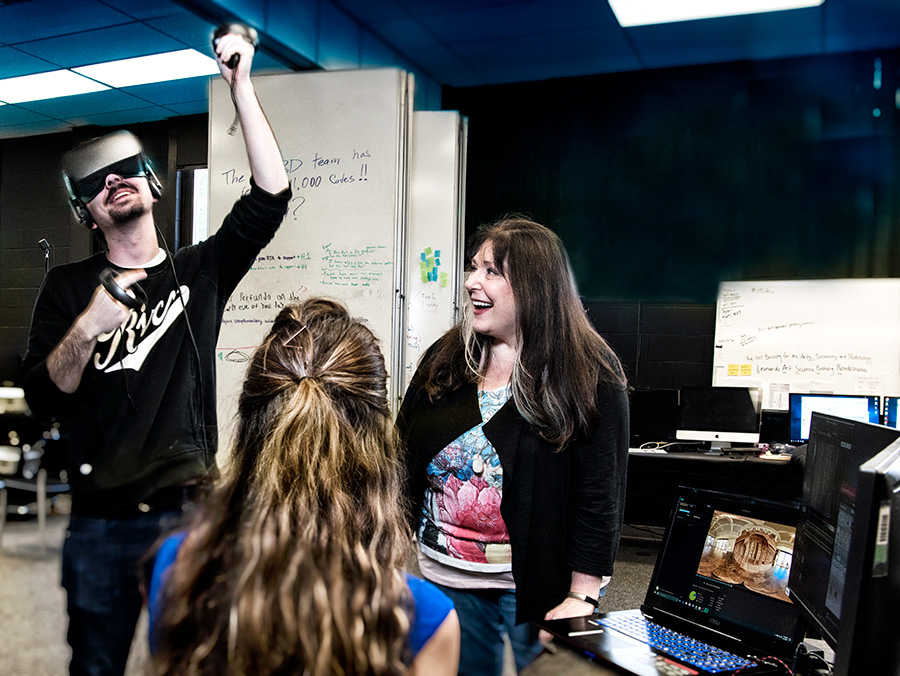
Jennifer Ross-Nazzal ('21 M.S.) had finished her Ph.D. in history when she landed a full-time job at NASA in 2004.
"The planets aligned," she quips.
Ross-Nazzal works as a historian at the Johnson Space Center -- even publishing the book Making Space for Women: Stories from Trailblazing Women of NASA's Johnson Space Center. But when she first got off the phone about they job at NASA, she told her future husband, "They mentioned something about the SkyLab?"
She confesses she didn't know much about the agency.
"I learned a lot about NASA," she says. "I really fell in love with the place."
Ross-Nazzal enjoys her job as a historian at the Johnson Space Center so much that she recently earned her master's degree in information science at UNT and pursued two College of Information certificates -- Digital Curation and Data Management, which she earned this spring, and Archival Management, which she'll finish in the fall -- to strengthen her knowledge in archiving and curating documents.
Ross-Nazzal, who earned her Ph.D. from Washington State University, began her career as a specialist in women's history and wrote the book Winning the West for Women: The Life of Suffragist Emma Smith DeVoe. In 2000, she landed an internship at NASA while pursuing her doctorate in public history, a field aimed toward those who want to work outside of colleges and universities.
She then earned a second internship, which turned into a yearlong job and led to her full-time position. As part of her duties, she's constantly answering emails -- from students who need information for their school projects or relatives who want to know more about their family members' jobs at NASA.
But she mostly relishes talking to people who make NASA work. For an oral history project, she interviewed more than 300 people about their roles at NASA.
"I wonder what more I could learn about women at NASA," she says. "You can work at NASA even if you're a non-technical person. Librarians, attorneys and many more are part of that mission to make it successful."




